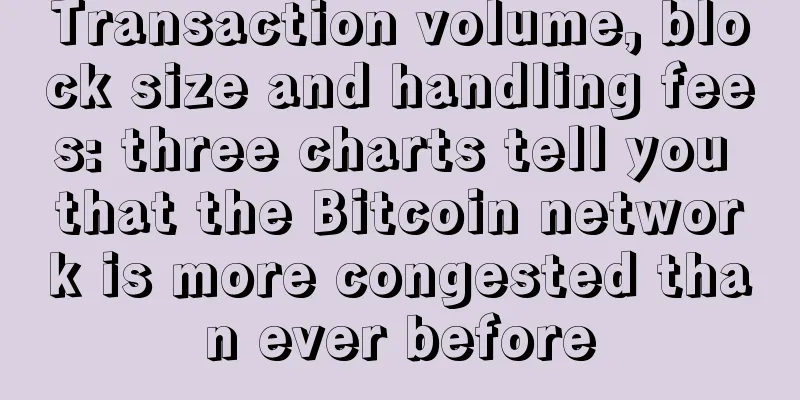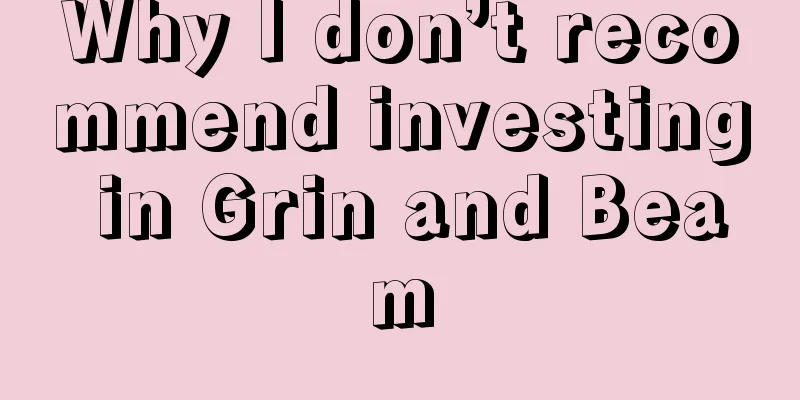Transaction volume, block size and handling fees: three charts tell you that the Bitcoin network is more congested than ever before

|
This post focuses on Coindesk Research’s Q1 2017 State of the Blockchain report, with a focus on growth data surrounding the Bitcoin blockchain. Born out of mathematics, Bitcoin is a numbers game. A single transaction is ~500 bytes in size, the block size is limited to 1MB and can only be released after solving a mathematical puzzle, blocks are generated every ~10 minutes by an algorithm. In fact, the current Bitcoin protocol was set years before Bitcoin transactions were called “expensive,” setting the stage for the “scaling debate” we’ve seen so far. Since then, many proposals have been developed to reduce transaction sizes, remove the block size limit and move transactions outside of the main Bitcoin blockchain, among other ways to increase capacity. Amid this indecision, the network itself has adapted. Since Bitcoin miners have control over which transactions are included in blocks and users can pay to have their transactions included in blocks, a fee market has developed to incentivize miners to include transactions in blocks. However, putting aside scaling solutions and alternative cryptocurrencies, objective data from the first quarter of 2017 tells a different story. The number of transactions, block size, and transaction fees on the Bitcoin blockchain all hit record highs in Q1 2017, proving that the demand for use of the Bitcoin network is higher than ever. Let’s take a closer look at the following three charts: 1. The number of transactions on the Bitcoin blockchain reaches nearly 300,000 per day Transactions on the Bitcoin network have continued to rise since its inception and are up more than 40% compared to a year ago. However, future growth will be limited because Bitcoin’s current blocks have reached their maximum size and transaction size has reached its minimum, meaning that the number of transactions that can be accommodated in a block has reached its limit, and the number of new transactions that can be added to the blockchain each day has reached its maximum limit. 2. The increase in the number of transactions has caused the Bitcoin block to approach 92% of its 1MB capacity The rate at which block sizes are increasing has been accelerating as the year progresses, and in the last month the average block size has not dropped below 0.95MB, leaving little room for transactions that don’t pay miners a significant fee. 3. Increased transaction volume and block size have resulted in average transaction fees exceeding $0.6. The current state of Bitcoin makes transaction fees the most expensive aspect of the experience for the community and future Bitcoin users. A few years ago, transactions on the Bitcoin network could be described as “free” or “almost free”, and paying was indeed considered optional. However, in Q1 2017, average transaction fees increased by 155% to $0.62, and continued to accelerate at the end of the quarter. On June 7, the average fee exceeded $5. ConclusionThere is no doubt that the Bitcoin network is becoming more congested than ever before. As transaction numbers and block sizes approach their limits and fees reach unprecedented levels, some proposals have emerged to ease costs for users. However, others see this as a sign of the health and growing appeal of the Bitcoin network. While it is too early to know which vision the Bitcoin network will move towards, the support, execution, and timing of all actions will significantly impact future transaction volume, fees, decentralization, user growth, alternative blockchains, and the industry as a whole. |
<<: Foreign media: China's bitcoin market recovery heralds the world's entry into the 'Asian era'
>>: Deng Jianpeng: Bitcoin risks and regulatory responses
Recommend
Is it a good character for a man with thick eyebrows?
Nowadays, when people go out to chat, they usuall...
How do facial wrinkles affect the body?
As people age, their appearance gradually ages an...
Palm lines explain women's fortune, women with these palm lines will get rich
The fortune can be seen from the lines on a woman&...
Why 99% of innovation is garbage
1. If crypto assets skyrocket, it will attract mo...
The Mastermind Behind $722 Million Bitcoin Ponzi Scheme BitClub Arrested in Indonesia
According to BlockBeats, on June 16, local author...
Filecoin verifies storage, eliminating trust issues in the decentralized storage market
This is the second blog post in a series focusing...
Do people with moles at the end of their eyebrows and eyes have good luck in love?
I believe everyone is familiar with moles, but not...
How to read the career line of women's palm
The career line represents a person's career ...
Health can be improved by dietary supplements based on facial features
Judging your health from your face, dietary suppl...
How to read palmistry and hand line diseases
It is said that palmistry can diagnose diseases. ...
Why South Korea's top crypto exchanges are delisting cryptocurrencies on a large scale
Source/LongHash Recently, Bithumb and UPbit, the ...
GKD-Build a different DAPP distribution platform
As an emerging technology, blockchain has experie...
5 insights from Bitcoin's founder's quest for funding
Simon Burns, co-founder of bitcoin investment ser...
Where can a woman have a mole to bring good luck to her husband and herself?
Where can a woman have a mole to bring good luck ...
Analysis of the meaning of forehead wrinkles: Do people with forehead wrinkles have good fortune?
Forehead wrinkles facial analysis In physiognomy,...









